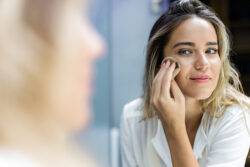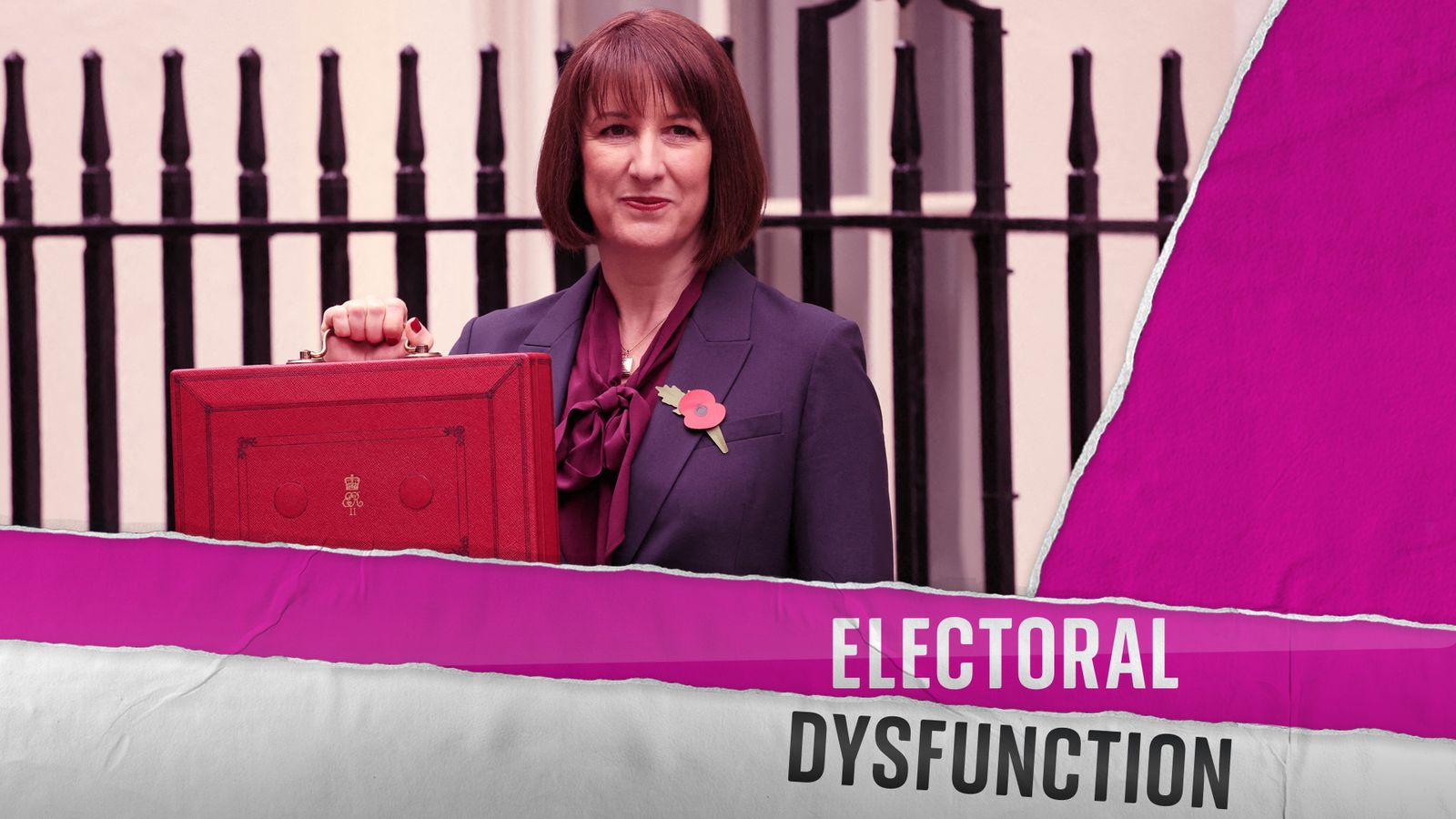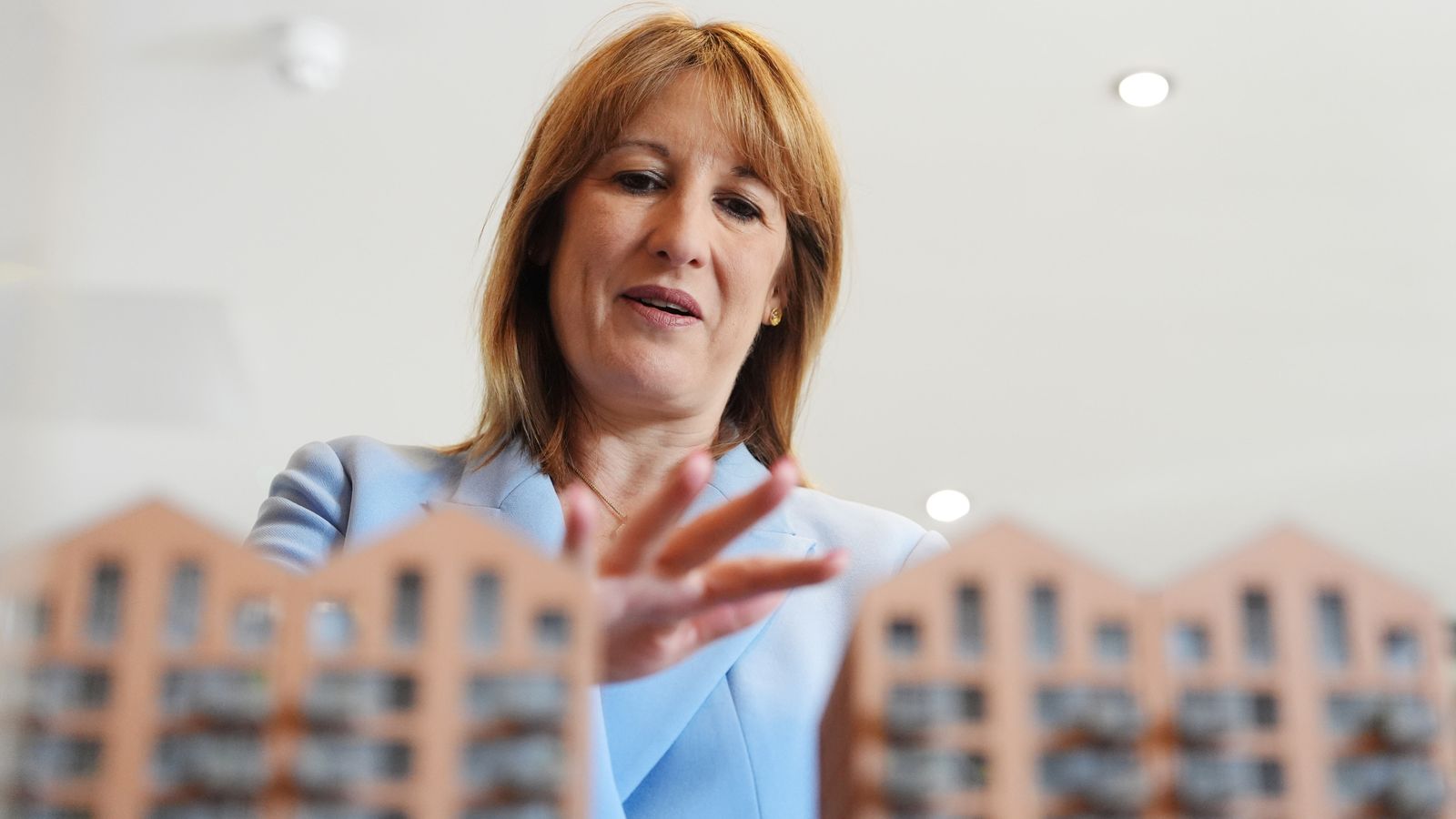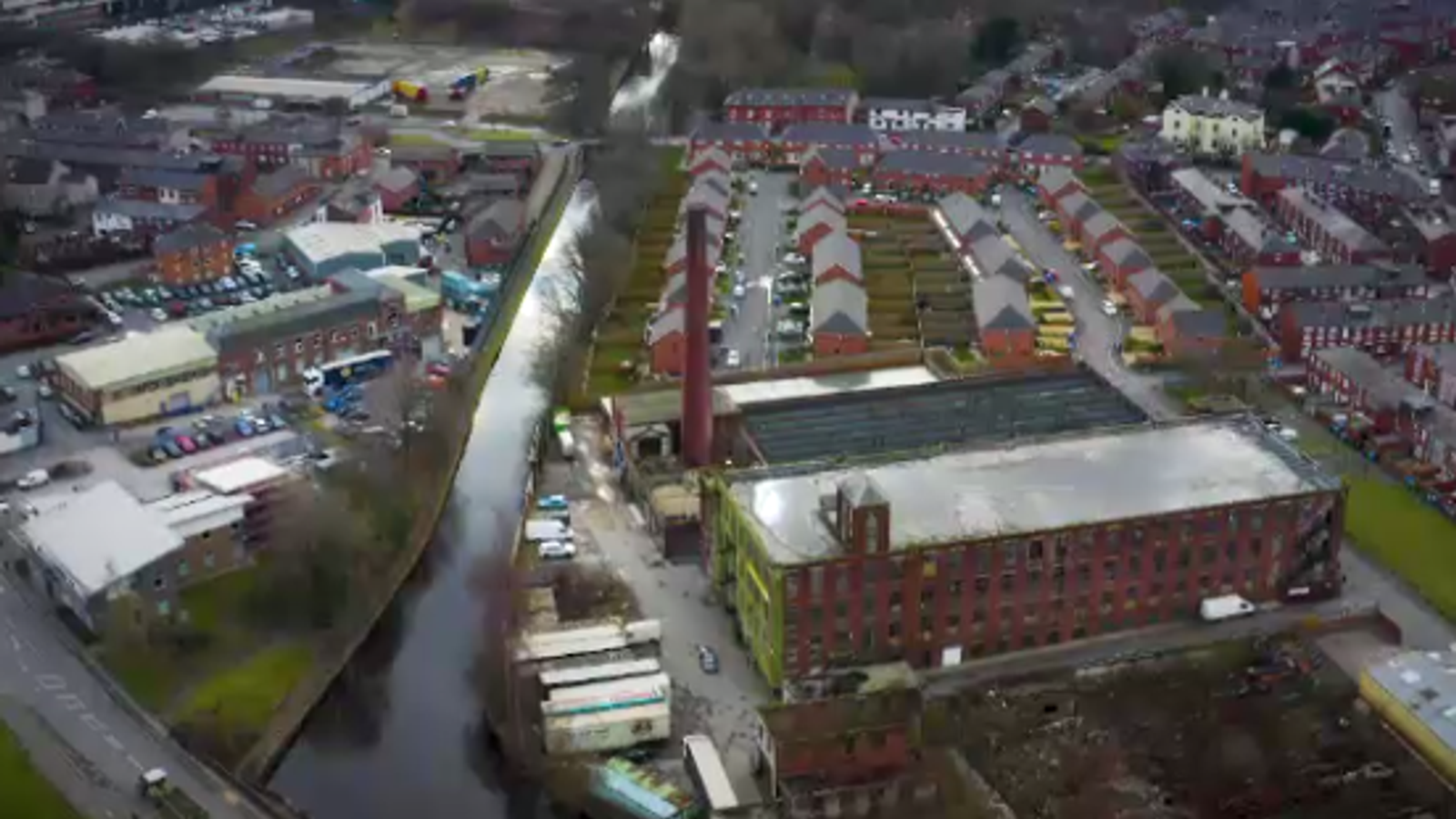An evolution of the ‘baking’ trend (Credits: Getty Images)
The 2010s were a different time. Skinny jeans were still a thing, Love Island burst onto our screens, and we’d never even uttered the word Covid-19.
And, we were heavily into baking. No, not the frilly apron and piping bag kind. Beauty fans and make up artists were touting the positives of baking your make up.
Borrowed from the drag community – who have been using this technique for years – baking is all about ensuring your makeup stays in place, all night long.
In a nutshell, you place a thick layer of translucent powder on your skin, and let it sit on the skin for up to 10 minutes, so your body heat can set – or ‘bake’ – the foundation and concealer underneath. Then, you wipe away the excess.
This is a heavy duty, full coverage look, which continues to be beloved. And while it’s great at reducing shine, and ensuring your makeup doesn’t move an inch, there are some downsides, as some say it can cause a ‘cakey’ appearance.
And that’s where ‘baby baking’ comes in. With this method, you focus on pressing powder in smaller quantities on targeted areas, with the aim to achieve a more natural, seamless finish.
TikTok MUA Kirsty Belle, who has a million followers on the platform, says this newer take on baking ‘cuts out the issues’ that people experience with the more traditional method.
She tells Metro.co.uk: ‘One of the major advantages of ‘baby baking’ is that it allows for better control over the amount of powder applied, reducing the risk of heavy buildup or a cakey appearance.
‘This technique is particularly beneficial for those with dry or mature skin, as it prevents excessive drying of the complexion while still providing a subtle matte finish.
‘With its focus on precision and controlled application, it can help minimise the risk of caking while still providing a polished appearance.’
On the downside, baby baking may not be suitable for everyone or every makeup look.
‘It works best for those who prefer a more natural and lightweight finish rather than a heavily sculpted or contoured appearance,’ says Kirsty. ‘Additionally, it may take some practice to master the technique and find the right balance between setting the makeup and avoiding excess powder.’
So how do you do it?
Kirsty says: ‘Apply your foundation and concealer as usual. Then, start by picking up a small amount of a finely milled loose translucent powder on your tool of choice, my personal favourite is a soft powder puff, but a damp sponge will work well too.
‘Once you’ve done this I would recommend lightly tapping off some of the product into the palm of your hand, this will help the product apply evenly onto your skin.
‘Now all we have to do is lightly press the powder onto any areas we want to set and brighten, I would recommend the under-eye area, the centre of the forehead and the bridge of the nose.
‘Leave the powder on for a shorter duration compared to traditional baking, typically around 1-2 minutes, before lightly dusting off the excess with a fluffy brush.
‘The goal is to subtly set the makeup without leaving a noticeable residue.’
More: Trending
And remember, less is more with baby baking.
‘Experiment with different powders to find the one that suits your skin type and desired finish,’ says Kirsty. ‘Opt for finely milled formulas that are translucent or match your skin tone closely. It’s essential to blend the powder seamlessly into the surrounding areas to avoid any stark lines or uneven texture.’
It’s time to grab your powder brush, and give it a go.
Do you have a story to share?
Get in touch by emailing [email protected].
MORE : Velvet galaxy nails are trending – here’s what you need to know for your next appointment
MORE : Can London’s early morning wellness cruise set the tone for my working day?
It achieves a natural, seamless finish.





